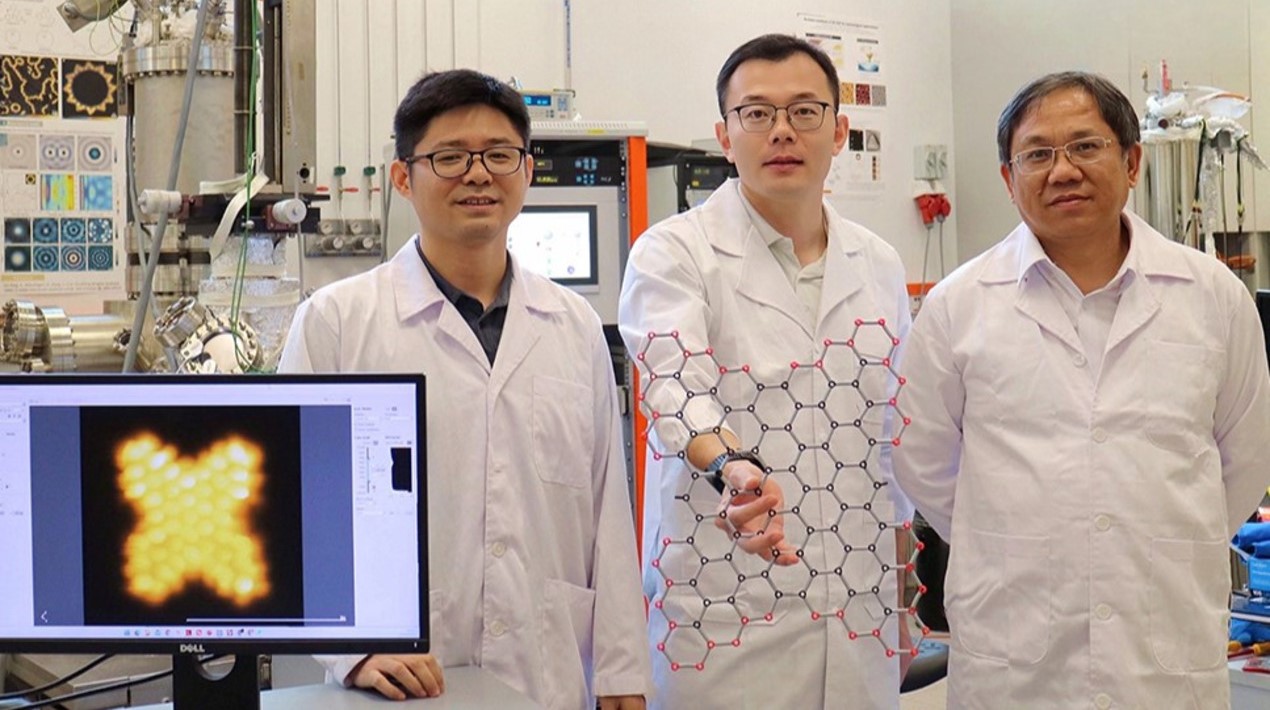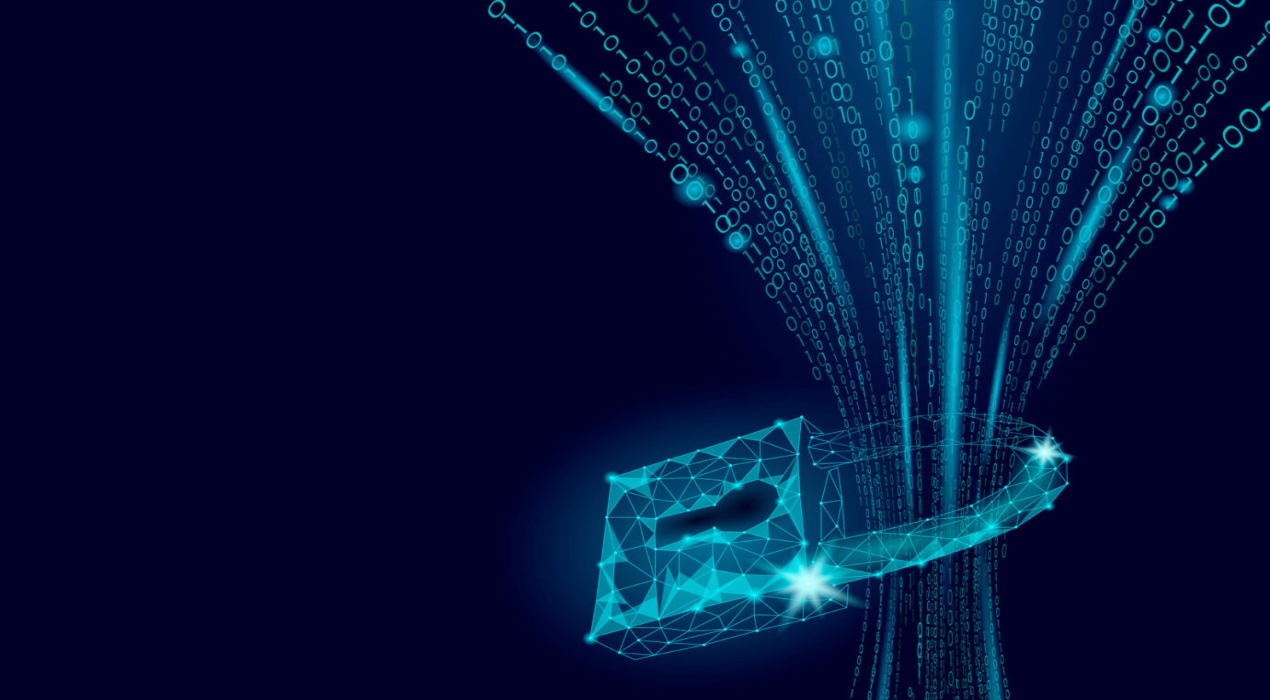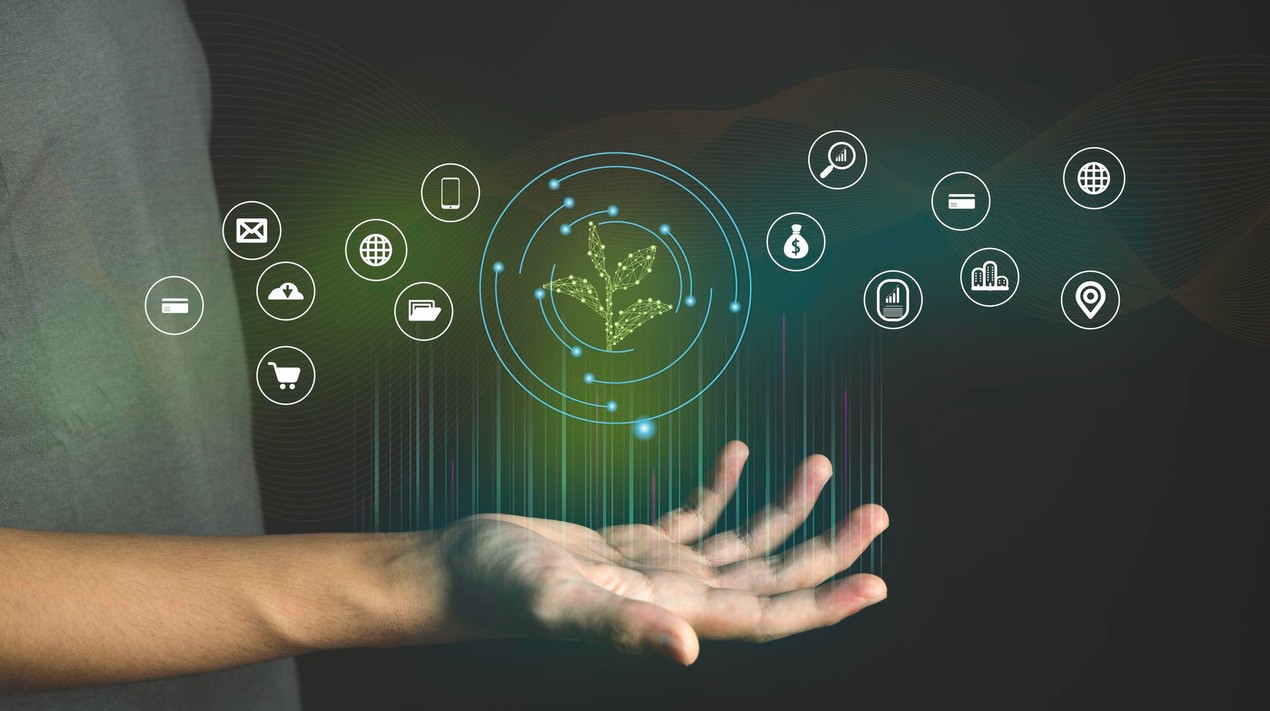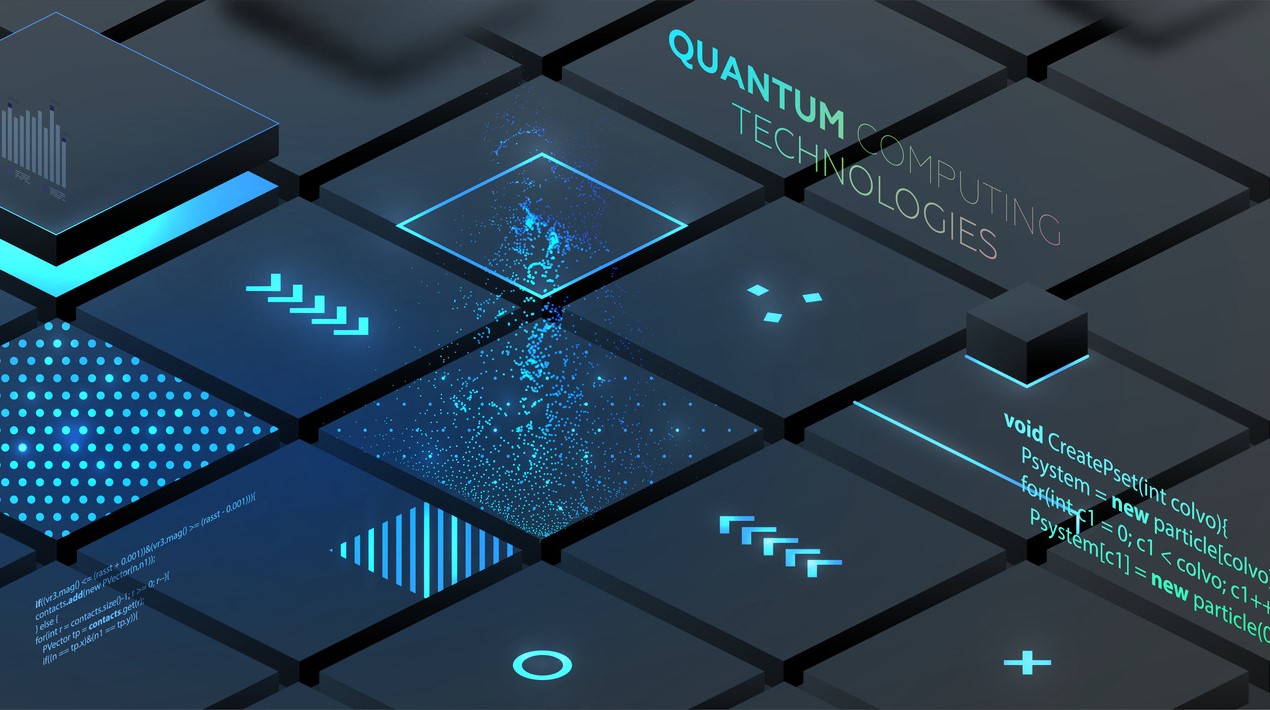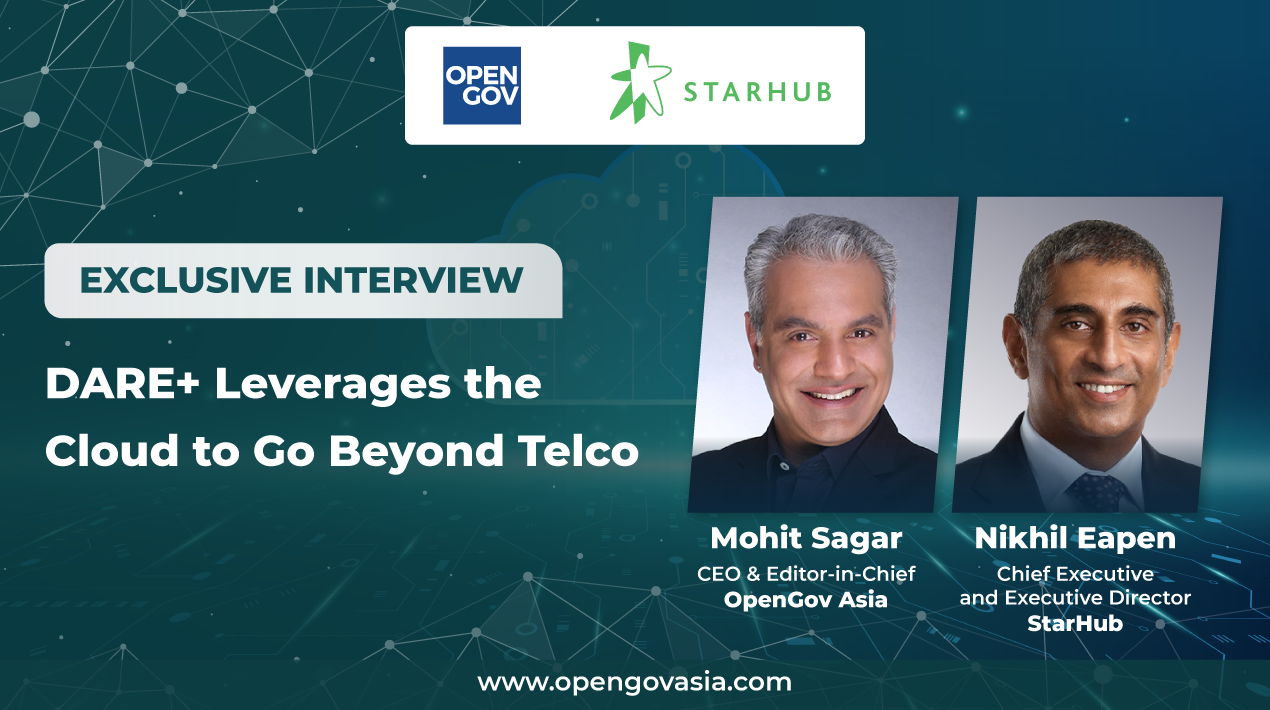
At Investor Day in 2021, StarHub showcased DARE+ which changed them from a telco company to an enterprise that helps customers connect their digital lives. DARE+ is anchored on doubling down on going digital, speeding up the creation of value, achieving growth without borders and giving customers a never-ending stream of experiences that give their life colour.
StarHub provides an extensive selection of connection, over-the-top (OTT) streaming entertainment, cloud gaming and digital solutions. It achieves this by dismantling boundaries between services to suit the diverse and expanding requirements and desires of its clients.
DARE+ was based on the successful end of DARE 1.0, which was in October 2021 and saved more than SG$ 270 million in costs – more than the original goal of SG$ 210 million. Operating expenses were also cut by 15% because of DARE 1.0.
In an exclusive interview with Mohit Sagar, CEO and Editor-in-Chief of OpenGov Asia, Nikhil Eapen, Chief Executive and Executive Director, StarHub explains how the global ICT sector drives growth and how StarHub makes synergistic investments in infrastructure, enterprise communications and technology.
Goal-Oriented Perspective and Foster Creativity
 For Starhub, their DNA is fundamentally changing – a digital ecosystem player, not just a telco. The goal of StarHub is to become the go-to brand for businesses that need network connectivity, cloud, cyber security, and other ICT services. It does this by utilising its diverse set of skills and growing network of reliable partners to cross-sell solutions and advance fixed and 5G connectivity.
For Starhub, their DNA is fundamentally changing – a digital ecosystem player, not just a telco. The goal of StarHub is to become the go-to brand for businesses that need network connectivity, cloud, cyber security, and other ICT services. It does this by utilising its diverse set of skills and growing network of reliable partners to cross-sell solutions and advance fixed and 5G connectivity.
“StarHub will pursue more acquisitions that will increase its scale and footprint, as well as extend its product choices and capabilities for customers,” Nikhil affirms.
Nikhil believes that people are the organisation’s biggest asset and liability. As a result, the team’s working style is also evolving. They’ve changed how they hire people to make the funnel bigger and give them more access to talent and businesses.
To identify the most appropriate and efficient approach to complete a task, Starhub practice agile working which involves bringing together people, processes, connectivity, technology, time and place.
“It’s about business outcomes and not telco outcomes. We are focusing on some exciting outcomes such as Infinity Play, Super App, Cloud Infinity, Green Tech, Cloud + Cloud Connectivity + Cyber. These are war cries for us,” Nikhil elaborates.
“In addition, we participate in initiatives to preserve the environment. This year, StarHub’s staff, including senior executives and customers planted a total of 100 trees in support of the National Parks Board’s OneMillionTrees movement,” says Nikhil.
Nikhil revealed that Starhub has a passion for sustainability and the environment. It was named the world’s most sustainable Wireless Telecommunications Service provider, and Singapore’s most sustainable telco.
It’s not about awards, but about matching the value of their customers and the community. They are a proponent of sustainability. Among their ground-breaking projects are solar-powered Wifi for NUS, rainfall measurement at PUB base stations and smartphone recycling.
They create digital products, solutions, digital engagement, and digital transformations. They provide customers with sophisticated digital experiences that they may self-serve. This has a significant impact in reducing carbon footprint.
As the premier green tech player, they are also developing products, services, and solutions for enterprises. They deploy network-managed sensors, provide dashboards to help companies to monitor their energy efficiency, and implement cloud workloads to gather and store data to optimise their operations management and workflow processes.
“We are also in the business of green enterprises and as a leading green tech for enterprises, we empower and help our clients to go green,” Nikhil says passionately.
StarHub DARE+ Beyond Telco
According to Nikhil, DARE+ is the next major phase in StarHub’s transformation journey. DARE+ is no less ambitious than DARE 1.0 in terms of progress in all areas.
StarHub is evolving from a telecom to a full-service supplier of enriching connectivity, entertainment, and other lifestyle experiences, as well as creative business solutions for its customers, with seamless digital engagement at its foundation.
StarHub drove prepaid aggressively, being the first to introduce free incoming calls and, most importantly, being the first in the world to establish the concept of Quad Play such as mobile, broadband, Pay TV and fixed services.
DARE+ is about becoming a challenger, but it’s more about challenging themself and elevating their aspirations. “We have a long and illustrious history. StarHub was founded about 25 years ago, combining SCV with a fixed license and a third mobile license.”
By enabling an indefinite continuum of connectivity, OTT streaming entertainment, cloud gaming and digital solutions, DARE+ transforms StarHub from quad-play to “Infinity Play,” shattering service silos to meet consumers’ diverse and expanding requirements and desires.
To be effective, “Infinity Play” requires genuine digital engagement, utilising StarHub’s success with its digital platform, which has achieved stellar growth and the highest Net Promoter Score in the market.
With DARE+, StarHub will increase user consumption through an all-encompassing super-app platforms, with the goal of offering as many self-serve, zero-touch services as possible, while achieving speedy time-to-market and minimising cost and capital outlay.
The goal of StarHub is to become the go-to brand for businesses that need cyber security, cloud, ICT and network connectivity by utilising its distinct capability sets and growing ecosystem of reliable partners to cross-sell solutions and push fixed services and 5G connectivity. StarHub will continue to look for acquisitions that will increase its size, footprint and range of products and services available to customers.
DARE+’s digital transformation and fundamental network connectivity with StarHub form its foundation. In August 2020, StarHub launched 5G for the first time in Singapore. StarHub also runs the most lauded network in Singapore, providing users with excellent connections across 4G, 5G and broadband.
To provide clients with the finest access at any time, everywhere, and on any device, StarHub will keep distinguishing its fundamental infrastructure.
Nikhil elaborated on StarHub initiatives to digitally transform and cloud-enable the front- and back-end systems. For the back end, they have a cloud control plane; converging fixed and mobile; network slicing on 5G; and hygiene, scalability and capabilities that equal proximity and power.
For the middle which includes the cloud stack, data lake, and super app for digital engagement, StarHub has the following:
- Scalability, agility – new product cycle, product/pricing change cycle, number of transactions in hundreds per second;
- Customers are empowered to self-serve. Some telcos do this for data, voice and SMS but Starhub do across their products, infinity play;
- Knowing their customer and providing solutions or recommendations;
- Stay up to date on the product.
Finally, for the front-end system, StarHub has externalised its products based on the needs of its consumers and clients including 3C’s (Cybersecurity, Cloud, Connectivity) and mobility as a service reflecting the future of work – not just a connectivity plan, but a whole range of modules from remote working to device security to green-tech.
The 2030 Vision
StarHub has developed greener retail, marketing and communication activities. Some of these areas are embracing paperless technology and responsible consumption, including:
Sending e-invitations and e-cards over the holidays; Electronic versions of newsletters, annual reports, and EGM circulars are accessible; By default, customers receive electronic statements rather than printed bills; Use of electronic versions of vouchers, sales agreements, and work orders; and My StarHub app to supplement e-bill by enabling digital account management for customers.
In terms of responsible consumption, StarHub encourages customers to “Skip the Bag” and bring their bags. Since 2020, they have switched from non-woven bags to FSC MIX-certified biodegradable brown paper bags at their store. They rent set-top boxes, business routers and Optical Network Terminal units.
In addition, used items are repaired and refurbished for redeployment until the end of their life cycle, at which point they are recycled by authorised e-waste collectors.
Nikhil shared StarHub’s 2030 vision and objectives for enhancing environmental resilience and sustainability citing that they are committed to sustainably growing the business – a combination of long-term goals to achieve by 2030, aligned with the Paris Agreement, as well as short-term immediate goals.
In line with the increasing environmental resilience and sustainability, the effects of climate change will continue to worsen as weather patterns become more irregular and long-term temperature fluctuations become more common.
“We are committed to reducing our environmental impact while also ensuring our business remains resilient in the face of climate change,” confirms Nikhil.
They have managed an 8% reduction in Scope 1 and 2 greenhouse gas emissions and will target to have a 50% reduction in the same scope by 2030, from a 2019 base year, “This year alone, we will be offsetting our scope1 and 2 carbon greenhouse-gas emissions for our corporate office and four main retail shops. We are also targeting 30% renewable energy use by 2030.”
In addition, StarHub aims to increase its monthly average Power Usage Efficiency (PUE) ratio to 1.70 by 2022 to increase the power usage efficiency of its data centres. For supply chain management, they plan to obtain certification from 70% of their suppliers by 2022 that they will abide by StarHub’s Supplier Code of Conduct.
Moreover, they are digitalising end-to-end green technology services for the government, institutions of higher education (IHL), and businesses. StarHub is advancing the Green Agenda by integrating high-quality, secure internet and cloud-based services.
“These will help us reduce energy and water usage – not just from the StarHub point of view, but also from a nationwide one,” Nikhil ended.
In his personal life, Nikhil is as conscientious. He also loves using public transportation like the MRT, buses, and e-bikes. “For the last 7–8 years we’ve been driving electric cars. I even ride an electric bike.”
As a family, he reveals that they are quite idealistic about being environmentally conscious, but their actions probably trail behind their words. They throw less, recycle more and only buy what they need. They also try to eat as little beef as possible.
“In the end, sustainability is a personal, corporate and societal endeavour. For better or for worse, we are all in it together, so we all must do our bit,” Nikhil says emphatically.



